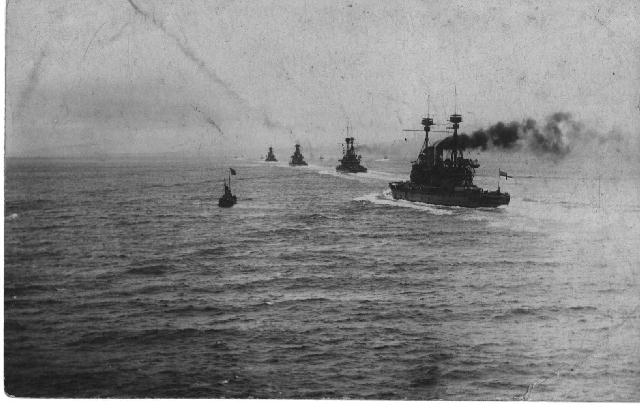British Assault on Dardanelle Straits Widely Expected;
Target is Ottoman Capital
Special to The Great War Project
(5-7 March) By this time a century ago, the British decide to “force the Dardanelles.”
This narrow waterway in northwest Turkey, thirty miles long and less than a mile wide at its most narrow, is the key to the eastern Mediterranean and to the stability of the Ottoman Empire. If the British can seize the straits from the Turks, Constantinople, the Ottoman capital, is vulnerable. It could fall, leaving it open to seizure by the Russians.
“It had long been an ambition of the Tsars,” writes war historian John Keegan, “to complete their centuries of counter-offensive against the Ottomans by seizing Constantinople, thus recovering the seat of Orthodox Christianity from Islam and securing a permanent southward access to warm water; it stood high among Russia’s current war aims.”
That would make it possible for Britain and France to resupply the Russians from the south and across the Black Sea.
It could knock Turkey out of the war, leaving its allies, Germany and Austria-Hungary, in weakened and vulnerable circumstances.
The British War Council is in the planning stage of an operation “Forcing the Dardanelles.” It’s been under discussion for months.
Twice in February 1915, British warships bombard towns and ancient forts in the lower straits. The British conclude they can force through the narrow straits with a fleet of battleships and only minimal ground forces.
That is the argument Winston Churchill, First Lord of the Admiralty, makes in the War Council. Churchill carries the day.
The British have no respect for the defensive Ottoman forces in the Dardanelles. The British believe it will be easy to overcome the Turkish defenses and demolish the forts.
So preparations are underway to “force the Dardanelles.”
There is no secrecy about the British plans. The attack on the Dardanelles is widely expected…
especially after the limited British bombardments in February, which are quite successful.
In those attacks, the British combine the naval bombardments with the landing of a small British marine force, “on both the Asian shore and the tip of the Gallipoli peninsula,” reports historian Sean McMeekin, “blowing up the abandoned guns, smashing the searchlights and wrecking the enemy emplacements.”
It looks like the Turkish defense will crumble. After these preliminaries, there is panic in Constantinople.
But German military advisers there are not panicking. “Were there not a hundred guns still trained on the attacking fleet from both sides of the Straits?” asks McMeekin. “Had not the downstream sections of the Dardanelles, up to and including the Narrows, been thoroughly mined?”
The German military advisers, according to McMeekin, believe “the shore defenses would hold.”
The British see the balance differently. They bombard the towns near the entrance to the Straits, and “the British and French naval guns did serious damage,” reports McMeekin. By these days in March a century ago, on the Turkish side “ammunition was growing short.”
Still the Turks hold their own.
This is not a full-blown assault yet. That should come soon. At least that is a view widely held.
A much greater attack is on its way.


